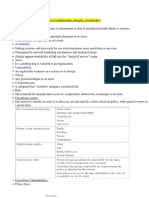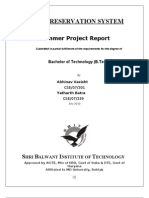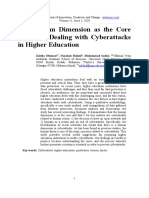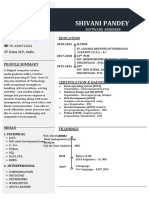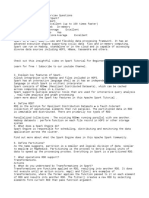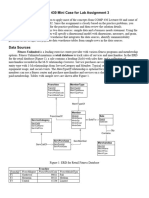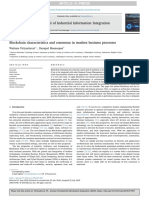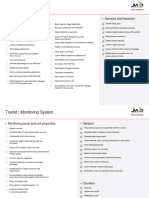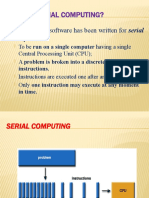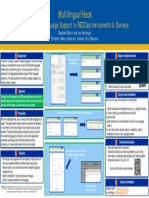0% found this document useful (0 votes)
14 views19 pagesLecture 08
The document discusses software security, emphasizing its dual role as both a provider of security and a source of vulnerabilities. It outlines various threats, security requirements, and mitigation techniques, as well as the importance of threat modeling and understanding attacker types. Additionally, it highlights best practices for security management, including risk assessment, policy creation, and incident response.
Uploaded by
naveediqbal.codeCopyright
© © All Rights Reserved
We take content rights seriously. If you suspect this is your content, claim it here.
Available Formats
Download as PDF, TXT or read online on Scribd
0% found this document useful (0 votes)
14 views19 pagesLecture 08
The document discusses software security, emphasizing its dual role as both a provider of security and a source of vulnerabilities. It outlines various threats, security requirements, and mitigation techniques, as well as the importance of threat modeling and understanding attacker types. Additionally, it highlights best practices for security management, including risk assessment, policy creation, and incident response.
Uploaded by
naveediqbal.codeCopyright
© © All Rights Reserved
We take content rights seriously. If you suspect this is your content, claim it here.
Available Formats
Download as PDF, TXT or read online on Scribd
/ 19
























